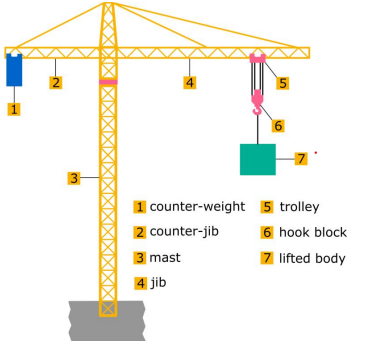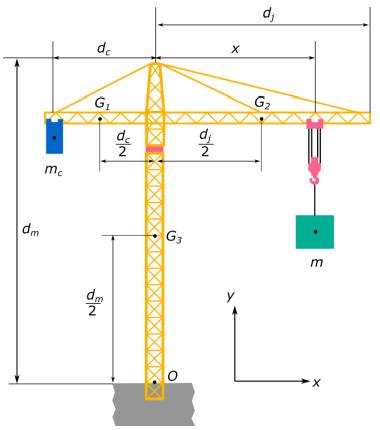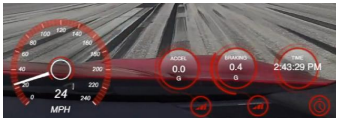- IF1201 Assignment: Developing Financial and Utility Tools Using VBA in Excel
- MA12009 Exploratory Data and Statistical Analysis of Airbnb and Spotify Datasets
- NVQ Level 5 Unit 507 Safeguarding in Adult Care
- Structural Design of a 4m Roof Beam: Load and Stability Analysis, Assessment 2
- M33118 Configuring and Studying ASA Basic Settings and Firewall Using CLI
- The Reasons For Hitler Gaining Power In 1933, Course Work
- Sensitivity Analysis of Option Pricing: Impact of Volatility and Barrier Conditions
- Network Threats and Vulnerabilities, UNIS, Coursework
- Corporate Finance and Business Valuation Coursework
- 5301ELE Digital System Evaluation Coursework, Level 5, LJMU 2024
- Power Electronic Applications and Control Coursework 1 2024
- PE7007 Construction Economics, Coursework Brief – 2024/2025 , NU, UK
- Level 3 Diploma in Adult Care, Coursework, UK: Understand the application of personcentred practices in care settings
- Decide whether each of the following statements is true or false. Justify your answer in each case by giving an example or stating any general result seen at the lecture: Mathematics, Coursework, NU, UK
- 7CO03: Critically assess different ethical standpoints on people practice and the maintenance of high standards of ethical behaviour: CIPD level 7 , Coursework, UK
- SQE2: Oral Skills-Written Skills- Apply the law comprehensively to the client’s situation, identifying any ethical and professional conduct issues: Reflective Portfolio, Coursework, UK
- SQE 1 Preparation: Portfolio Assessment-analyse and reflect upon your development of the practical legal skills that the Solicitors Regulation Authority (the SRA) : Reflective Portfolio, Coursework, UK
- DSM120: Financial Data Modelling, Coursework 1, UK
- DSM070: Building the Blockchain: the chain, mining, and the consensus mechanism: Blockchain Programming, Coursework 3, UOL, UK
- FHEQ Level 7 ES5800 – Systematic review protocol In this assessment you are asked to write a systematic review protocol: Analytical skills for Environmental Managers, Coursework, BUL, UK
Figure 1 shows a tower crane with the properties listed in Table 1. The distance between the trolley and mast: Statics and Dynamics Course Work, NUN, UK
| University | Northumbria University Newcastle (NUN) |
| Subject | Statics and Dynamics |
Question 1
Figure 1 shows a tower crane with the properties listed in Table 1. The distance between the trolley and mast x can change from 0 to dj (Figures 1 and 2).
Table 1: Specifications of the tower crane

- Draw the free body diagram of the tower crane and calculate the reactions at O when the mass of the lifted body 𝑚 = 5000 𝑘𝑔 and the distance 𝑥 = 20 m
- When 𝑚 = 5000 kg, find and plot the moment at O as a function of 𝑥, and determine the value of 𝑥 when the moment at O is zero
- If the magnitude of the maximum moment at O is 2,500 kN∙m and the magnitude of the maximum force at O is 1,650 KN, calculate the maximum mass of the body that the tower crane can lift regardless of the trolley location.
- When lifting heavy bodies with two points is required, a spreader beam is used (Figure 3). If 𝑤₁ = 0.7 m, 𝑤₂ = 1.4 m, 𝑚 = 1000 × (5 − 0.010 × 𝑆) 𝑘𝑔, and the mass of the spreader is negligible:
1. Calculate the tension forces in the slings AB and CD when the lifted body is not tilted
2. To prevent the body from tilting, what should be considered in the design and operation of the spreader beam?
Buy Answer of This Assessment & Raise Your Grades

Figure 1: its model

Figure 2: Tower crane specifications

Question 2
The car acceleration time history for 62 seconds (i.e., between 2:42:27 pm and 2:43:29 pm) is shown in figure 4. During this time, the car accelerates from 36 mph (Miles per hour) to 200 mph and then decelerated to 24 mph. your tasks for this question are,
- Calculate the velocity at time 𝑡₁ and 𝑡₂ in m/s, km/h, and mph. Individual 𝑡₁ and 𝑡₂ are provided for each student in the attached file
- Bring evidence from the video to show the accuracy of your calculation. For example, the calculated velocity at 𝑡 = 62 (𝑠) is 29.3 mph. The actual velocity based on the following figure is 24 which is close to the calculated velocity

- Compare your calculated velocities with the actual velocities of the car and calculate their differences in percent.
- Explain the reasons for discrepancies between calculated and actual velocities.
Do You Need Assignment of This Question
Searching for essay writing services UK? We have you covered! Through our expert essay writers, Students Assignment Help UK offers unique essay services UK with zero plagiarism. With their collaborative approach and offering custom essay help, you can be sure to get a quality essay written with the help of professionals. That way, your essay will have all the details needed to make it stand out in the eyes of your professor. So why wait? Contact us today!



